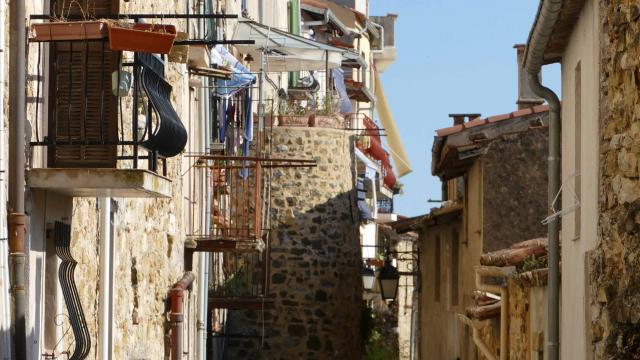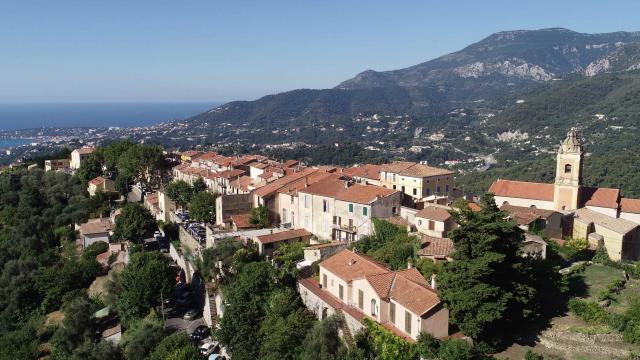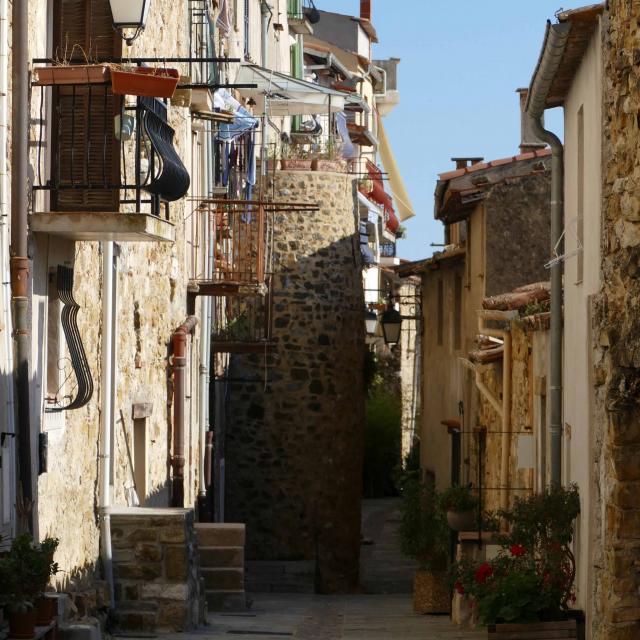 Daisy
Daisy“Pick up some barbajuans and fruit and vegetables at the market, then head off for a hike along the Col du Berceau… One of the greatest moments to experience here.”

 Daisy
Daisy“Pick up some barbajuans and fruit and vegetables at the market, then head off for a hike along the Col du Berceau… One of the greatest moments to experience here.”
The village of Castellar boasts ten thousand years of history! Archaeological excavations have revealed the presence of humans as early as Neolithic times. But the first mention of Castellar in history, dates from 19 January 1258, in the document ceding the province of Ventimiglia to that of Provence. Since 1388, the village has belonged to the Lascaris family.


 Castellar Village Vue Mer Vincent Jacques
Castellar Village Vue Mer Vincent JacquesAs you will see, the old village is particularly picturesque! With its narrow streets, ancient steps, archways and houses with turrets, you’re instantly transported back in time.
Castellar is also home to a number of churches and chapels that stretch all the way to the Col du Razet on the D2566. Don’t miss a visit to the wonderful Saint-Pierre Church with an altar dedicated to the Virgin of the Rosary. Notre Mère de Miséricorde Chapel is also worth a visit, and features a triangular Baroque bell tower, which is relatively unusual in the region, and its vaulted roof adorned with a star-filled ceiling.


Olives have been grown in Castellar for centuries and are celebrated here in March. The day is dedicated to discovering this savoury delicacy, through a range of events, producers’ stands and tastings.


Well-known among hikers, the paths starting from Castellar offer breathtaking coastal views, over the Bay of Menton and Italy. It’s an opportunity to enjoy a breath of fresh air, with a great view!
This is certainly one of the most beautiful hikes in the region. The Mediterranean is ever-present along this route, highlighted with panoramic views over the coastal cities of Ventimiglia and Menton, and Monaco. Take care along the rather challenging descent of the Col du Berceau.



This is the highest point of the Côte d’Azur coastal relief (1,379 metres). The Grand Mont (or “Grammondo” as our Italian friends call it) offers a striking landscape contrast between the sea and the mountains, and provides a mountainous setting, as illustrated by the alpine vegetation (heathland with broom, lavender and Scots pine).